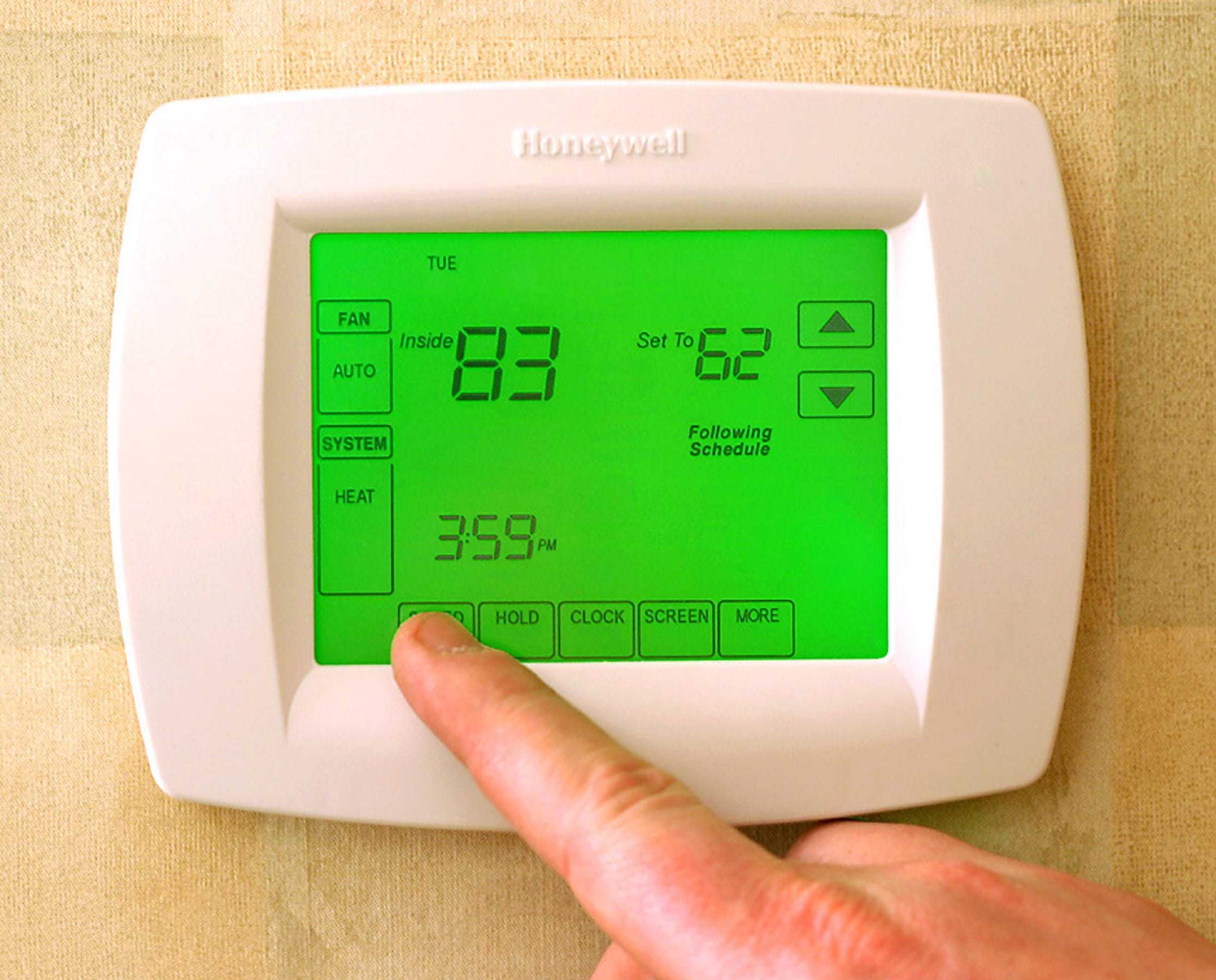
How to Adjust the Humidity Levels of Your Home
HVAC Repair in Philadelphia
Many factors can contribute to the quality of the air in your home. One factor that needs to be taken into account is humidity levels, which are affected by your HVAC system and help regulate the moisture in the air. This in turn affects how things feel and smell. When humidity levels are too low, it can cause dry skin and hair – and when they are too high, it can result in mold and mildew. Call us for HVAC repair in Philadelphia whenever you need to adjust your humidity levels.
What is the right humidity level?
If you live in a humid area, you might not need to worry about this factor as much as someone who lives somewhere drier would need to do so. Humidity levels should be kept between 30% and 70%. The most ideal is 45% since 30% is too dry and 70% is too high.
How can I check humidity levels?
1. Use an AC unit with a humidistat built-in, or install one yourself.
2. Check whether the windows accumulate fog or moisture occurring on ceilings and walls. These are signs of extremely high humidity and should be regulated.
3. Cracking and dried millwork and paint and increased static electricity are signs of low humidity levels.
4. Purchase a hygrometer to get the humidity readings of your house accurately.
How can I lower my home’s humidity levels?
1. Turn down or off the humidifier or find an HVAC repair in Philadelphia if it fails to run efficiently.
2. In the basement and during summer, it is recommended to use a dehumidifier.
3. When bathing and cooking, you are encouraged to utilize exhaust fans or open windows to allow fresh and dry air from outside.
4. If you reside in an area where homes are tightly constructed, purchase and utilize an energy recovery ventilator.
5. Make an effort to reduce the amount of water in the home by taking shorter and cooler showers, using covered pots while cooking, and venting clothes dryers to the outside directly. For plant lovers, it is imperative to reduce the number of plants in the house.
How can I raise the humidity levels?
Humidity levels drop significantly during winter because cold air holds less moisture. If a home uses air heating mechanisms, it is likely to have more problems because furnaces create hot air through combustion hence burning out most of the water vapor.
When the humidity levels are low, the most apparent solution is using a humidifier.
There are three standard types of humidifiers that one can purchase and use to increase humidity levels in a home.
They include:
1. Portable humidifier
The portable humidifier is one of the most common standard humidifiers today. The manufacturers have released two types, including; warm mist and cool mist, using a water reservoir. The cool mist is designed with a wick that absorbs water and a fan that blows through a moistened filter. As water passes through the filter, it evaporates the water into the atmosphere. On the other hand, the warm humidifier has a similar mechanism but with the addition of a heating element that warms the water before releasing it.
If your portable humidifier is not giving you the desired results, call in an HVAC repair in Philadelphia.
2. Natural evaporation
The natural way of evaporation involves placing a vessel full of water next to a heating system. You can also introduce moisture into the atmosphere by leaving wet clothes and towels out to dry.
3. Home humidifier system
This is the most reliable humidity regulation system. It involves adding the humidifier to the house furnace and setting it to have vapor distributed into the house through the duct system. This is an expensive option since it calls for the homeowner to directly install a cold water plumbing system and create room for the humidifier unit. You can use a humidistat to control the humidity levels of the entire house.
Contact Us Today
The home humidifier system is extremely complex and could need regular checks, hence the need to find an HVAC repair in Philadelphia. Contact Green Heating & Cooling today for a free quote.


